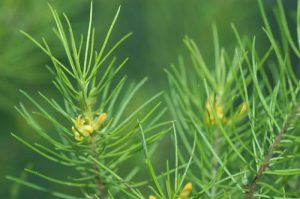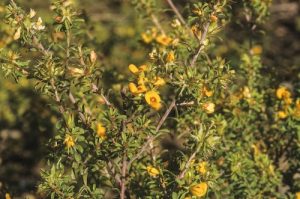
Botanic gardens are sanctuaries to visit to admire the beauty of plants in landscaped settings and are also centres of research into many aspects of plants. Another role botanic gardens worldwide are taking on is custodian of rare and threatened plants. This role, known as “conservation horticulture”, has been developing for over 25 years out of a recognition that we need to take action to counter the increasing rate of extinction of plant species. Australian state and regional botanic gardens are increasingly involved in this work. The Australian PlantBank in NSW is involved, for example, in the Saving our Species programme. Wollongong Botanic Garden is also part of this effort.

Particular plants may be rare or threatened for various reasons:
• they occupy a narrow ecological niche (e.g. Pultenaea parviflora in Western Sydney )
• their habitat has been reduced by urbanisation or agriculture,
• they have been depleted by herbivores, pests, pathogens, bushfires or long‑term droughts (e.g. various orchid species).
Botanic gardens are becoming the places where rare and threatened plants are propagated and cultivated to ensure they survive into the future. This work may not be straightforward, as some of these plants have never been propagated before and suitable propagation methods have to be specifically researched and developed. In addition, plant material collected to propagate a particular species needs to incorporate adequate genetic diversity.
As well as plantings in botanic gardens, this conservation work can result in planting seedlings raised at a botanic garden back into their natural habitat or possibly developing plants for residential gardens.
Conservation horticulture work is extremely important, as it gives some insurance against rare and threatened native species becoming extinct and allows existing populations to be strengthened and new populations to be established.
See here for an ABC Gardening Australia video which inspired the theme of this piece.
